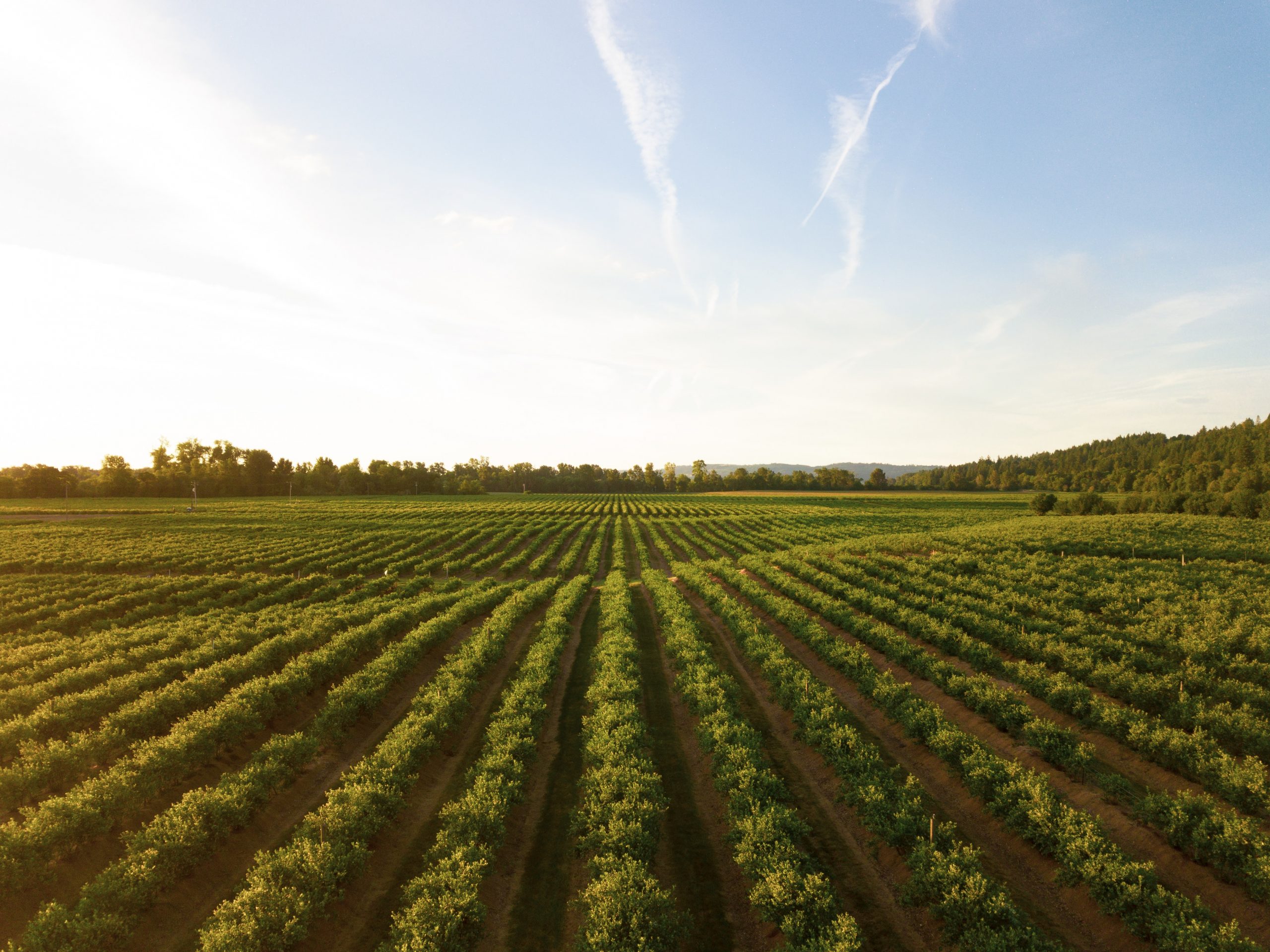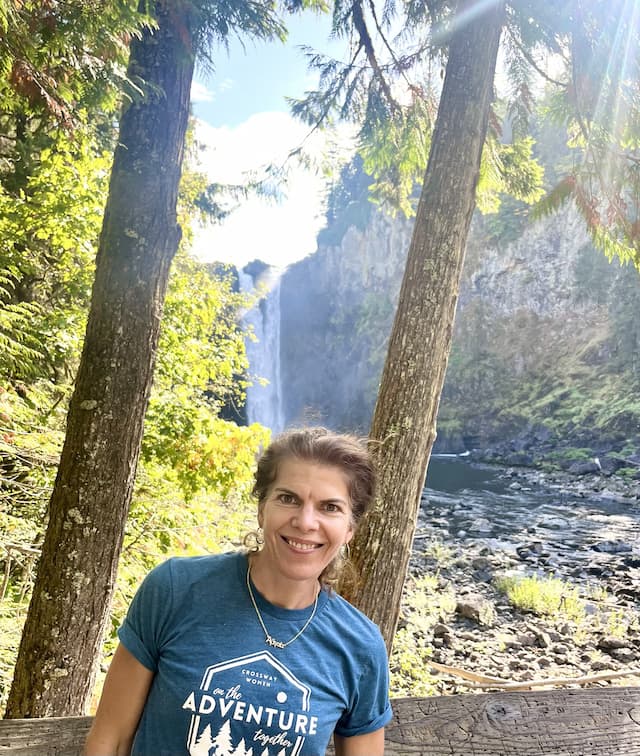The Economic System of the Hill Country of Israel in Iron Age I – Part 1

This post is Part 1 of an academic paper titled “The Economic System of the Hill Country of Israel in Iron Age I.” This paper was read during a meeting of the American Schools of Oriental Research which met on March 12, 1988 in Dallas, Texas.
To read the Introduction of the paper, click here.
THE ECONOMIC SYSTEM OF THE HILL COUNTRY
OF ISRAEL IN IRON AGE I
A Paper Presented at the
1988 Annual Meeting
of the
American Schools of Oriental Research
March 12, 1988
Dallas, Texas
The purpose of this paper is to present an introduction to the study of the economic system of the hill country of Israel in Iron Age I. An economic system is the procedure of satisfying the primary needs of the community through the use of available resources. This can be accomplished by the improvement of proven agricultural methods, by the development of technology to produce new tools and farm implements, and by the exploration of the environment through the use and processing of the raw material available to the community.
The understanding of the economic system of the hill country of Israel during Iron Age I comes through a proper understanding of village life, society, and the social-cultural factors present in Canaan before the establishment of the Israelite monarchy under Saul. Much has been written concerning the social conditions of Palestine in the Late Bronze Age and the sociological factors that led to the establishment of Israel as a nation in Canaan, however, little has been written about the social and economic life at the beginning of Iron Age I.[1] This paper deals with a small portion of a very large area that needs much research.
The majority of the Israelite settlements were in the central hills. Two reasons contributed to the settlement of the hill country. One of the reasons for this was that the hill country was unoccupied and it was available for cultivation. The other reason was military: the hills offered protection against the enemies who fought wars with the help of chariots. The book of Judges indicates that the Philistines and other nations closed the plains to the Israelites and drove them to the hills.[2] The Deuteronomic historian said that “Judah took possession of the hills but could not drive out the inhabitants of the plains” (Judges 1:19);[3] and that “The Amorites pressed the Danites back into the hill country, for they did not allow them to come to the plains” (Judges 1:34).
Israelite Villages
At the beginning of Iron Age I many new villages and settlements were established in the uplands.[4] In order to develop a picture of village economy and its influence upon the community as a whole, it is necessary to understand the size and impact of these villages.[5] The Old Testament differentiates between villages and cities (Leviticus 25:29–31; Deuteronomy 3:5; 1 Samuel 6:18). The villages were dependent upon the cities and were under their jurisdiction. This is seen from the book of Joshua, where 114 cities were allotted to Judah “with all its villages.”[6]
Most of the villages were small in population. In a survey of villages in Palestine in 1931, it was found that 75% of the villages in the Jerusalem area had a population of less than 700 people, while in areas around Hebron, 77% of the villages had a population between 700–1000 inhabitants.[7] Villages in the hill country during Iron Age I were also small. Callaway has estimated that the size of the Iron Age village at Ai was about 2.5 acres.[8] Stager has come to the same conclusion, estimating that the size of most villages during the Iron Age was five acres or less.[9]
The villages which were established in the hill country of Canaan at the beginning of Iron Age I relied upon the land for their existence. These villages were mainly farming communities, while some villages had a considerable number of sheep and goats.[10] Village life revolved around a food-producing economy, which was predominantly one of subsistence rather than that of a market economy.[11]
The growth of many of the farming communities during Iron Age I dramatically altered the village subsistence levels and their forms of organization. The improvement of food production brought new economic standards to the villages in the hill country, thus making the agricultural community one of the effective factors in the increase of population in the area.
NOTES
[1] A fresh attempt has been made by Norman K. Gottwald, The Tribes of Yahweh: A Sociology of the Religion of Liberated Israel 1250–1050 B.C.E. (New York: Orbis Books, 1979).
[2] T. H. Robinson, “Some Economic and Social Factors in the History of Israel,” Expository Times 45 (1933) 264.
[3] Judges 1:18 contradicts Judges 1:19. Judges 1:18 says that Judah captured three Philistine cities, Gaza, Ashkelon, and Ekron, but verse Judges 1:19 says that Judah was unable to conquer the lowlands, probably because of the superiority of the Philistines due to their use of chariots. George F. Moore (A Critical and Exegetical Commentary on the Book of Judges [ICC; New York: Charles Scribner’s Sons, 1895] 37) said that the editors of Judges did not believe the conquest mentioned in verse Judges 1:18, thus, inserting his editorial comment. C. F. Burney (The Book of Judges [New York: KTAV, 1970] 19) said that Judges 1:18 is “a mistaken editorial insertion.” On the historical problems of Judges 1, cf. G. Ernest Wright, “The Literary and Historical Problems of Joshua 10 and Judges 1,” Journal of Near Eastern Studies 5 (1946) 105–114.
[4] Lawrence E. Stager, “The Family in Ancient Israel,” Bulletin of the American School of Oriental Research 260 (1985) 3. Stager said that the number of permanent settlements in the hill country increased from 23 sites in Late Bronze to 114 sites in Iron Age I.
[5] On village life, cf. C. A. O. van Nieuwenhuijze, “The Near East Village: A Profile,” The Middle East Journal 16 (1962) 295–308; Diana Kirkbird, “Beidha: Early Neolithic Village South of the Dead Sea,” Antiquity 42 (1968) 263–274; Charles L. Redman, The Rise of Civilization: From Early Farmers to Urban Society in the Ancient Near East (San Francisco: W. H. Freeman and Company, 1978) 177–213; C. U. Wolf, “Village,” Interpreter’s Dictionary of the Bible, 4:784; and H. G. Stigers, “Village,” The Zondervan Pictorial Encyclopedia of the Bible (Grand Rapids: Zondervan, 1975) 5:880–882.
[6] John Bright (“The Book of Joshua,” Interpreter’s Bible [Nashville: Abingdon Press, 1953], 2:630) considers this list as describing the districts of Judah at the time of Solomon.
[7] D. H. K. Amiran, “The Pattern of Settlement in Palestine,” Israel Exploration Journal 3 (1953) 71.
[8] Joseph A. Callaway, “Ai,” Interpreter’s Dictionary of the Bible Supplement, 14–16.
[9] Stager, “The Family in Ancient Israel,” 23–24; Stager, “Agriculture,” Interpreter’s Dictionary of the Bible Supplement, 13. Cf. also Yigal Shiloh, “The Population of Iron Age Palestine in Light of a Sample Analysis of Urban Plans, Areas, and Population Density,” Bulletin of the American School of Oriental Research 239 (1980) 25–35.
[10] Norman K. Gottwald, “Israel, Social and Economic Development of,” Interpreter’s Dictionary of the Bible Supplement, 465.
[11] van Nieuwenhuijze, The Near Eastern Village, 297.
NEXT: “The Economic System of the Hill Country of Israel in Iron Age I – Part 2.”
Celebrate the blog 16th Anniversary – Click here and enter to win a free copy of my book Rereading the Old Testament.
Claude Mariottini
Emeritus Professor of Old Testament
Northern Baptist Seminary
NOTE: Did you like this post? Do you think other people would like to read this post? Be sure to share this post on Facebook and share a link on Twitter or Tumblr so that others may enjoy reading it too!
I would love to hear from you! Let me know what you thought of this post by leaving a comment below. Be sure to like my page on Facebook, follow me on Twitter, follow me on Tumblr, Facebook, and subscribe to my blog to receive each post by email.
If you are looking for other series of studies on the Old Testament, visit the Archive section and you will find many studies that deal with a variety of topics.




